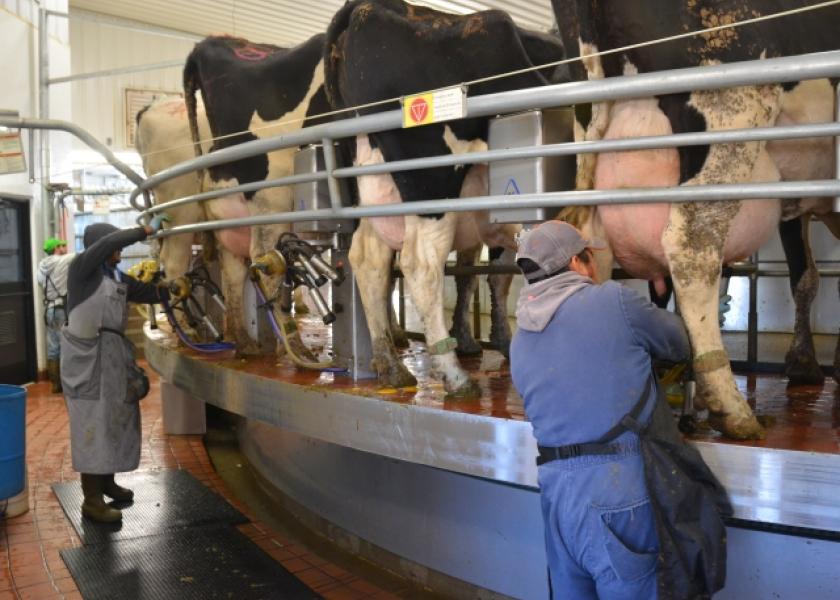California's Minimum Wage Increase Could Hurt Dairy Industry

California could be facing a new labor challenge after Governor Jerry Brown and state legislators struck a deal on Monday to raise the minimum wage to $15 by 2022. Farm labor availability is already limited in the state, and dairy farmers believe the increased minimum wage will make it even more difficult to hire the workers they need to keep their dairy operations running.
A recent MILK Intelligence national survey of dairy farmers with more than 500 cows found that starting milkers in California were paid an average of $10 per hour. More than 65% of farm owners surveyed provide employees housing as part of their compensation, almost 40% offer insurance and nearly 42% pay production incentive bonuses.
Under the legislation proposed by the governor on Monday, the current minimum wage of $10 per hour would rise to $10.50 in 2017, $11 in 2018, and then increase $1 each year until 2022. The governor retains the right to halt wage increases if the economy can’t sustain them, according to the agreement.
Many dairy farmers who responded to the MILK Intelligence survey expressed many concerns about the push for a higher minimum wage in many states and localities. “Pushing up the minimum pushes all levels above it to a new floor," said one respondent. "Minimum should be an entry-level wage for beginning wage earners."
“You need to be able to control costs, and I do not believe that we should be mandated to offer more than the position demands or required by skill level," another respondent said.
Fortunately for the few small dairies left in California, businesses with fewer than 25 employees have an extra year to implement the wage increases.
Governor Brown admits that the wage increase will be tough on some businesses. “If you took the wages down and cut them in half, it would make it easier for certain businesses,” he said in a press conference on Monday. “But you can’t function that way, because we’re a community.”







